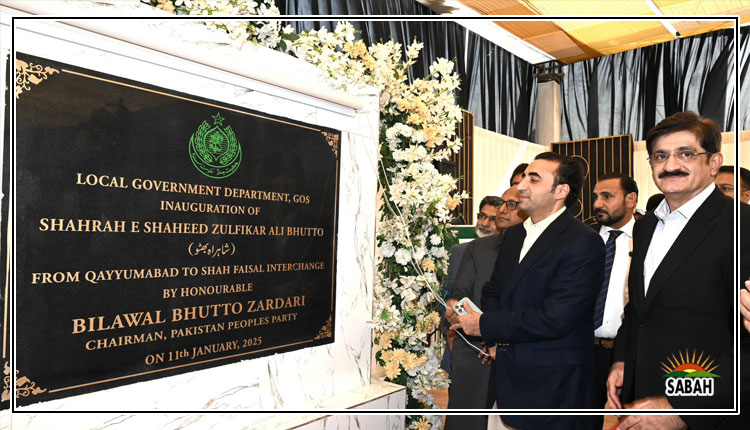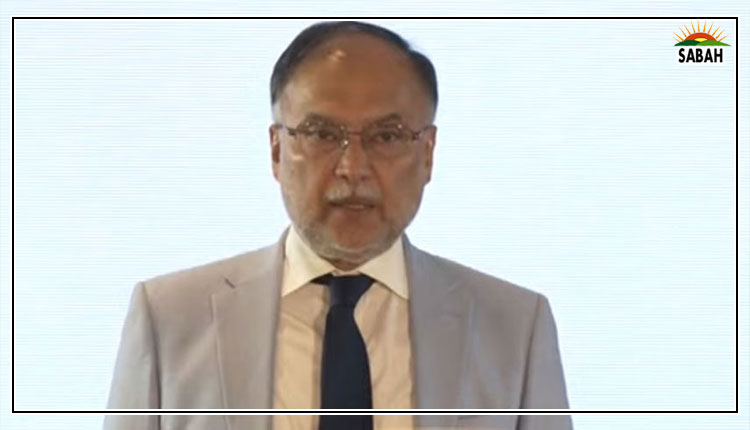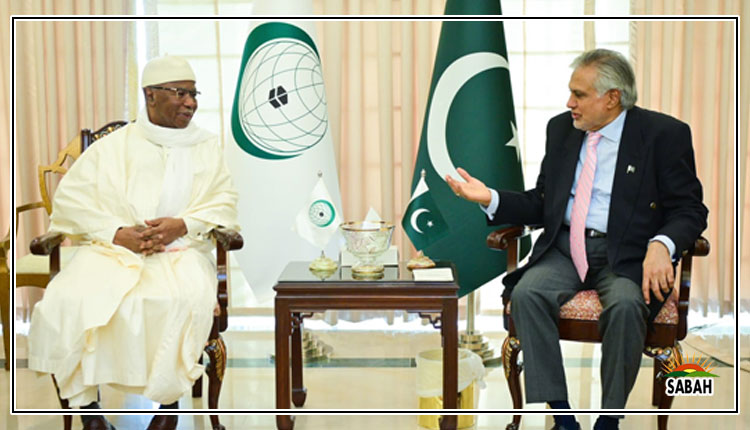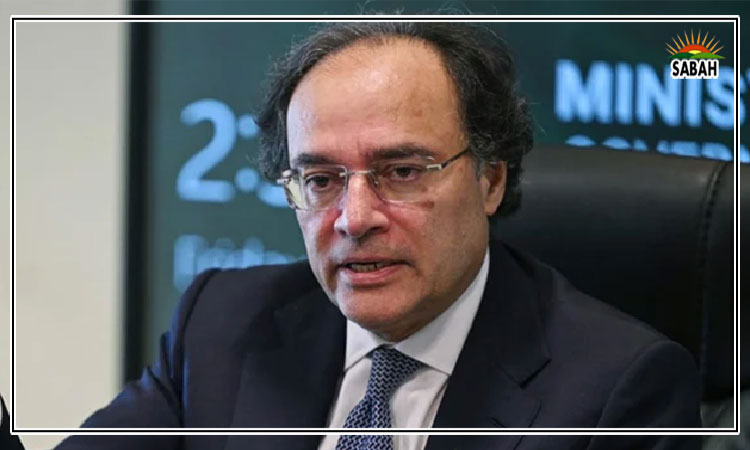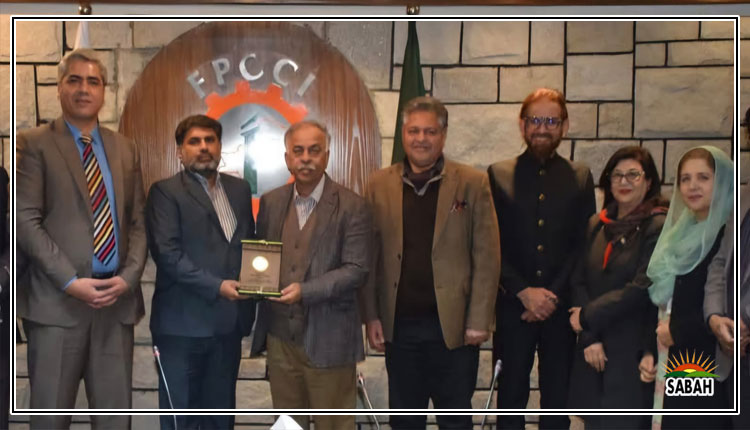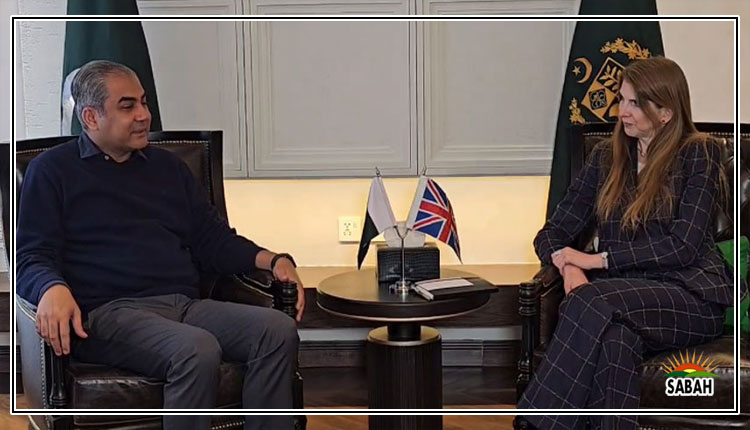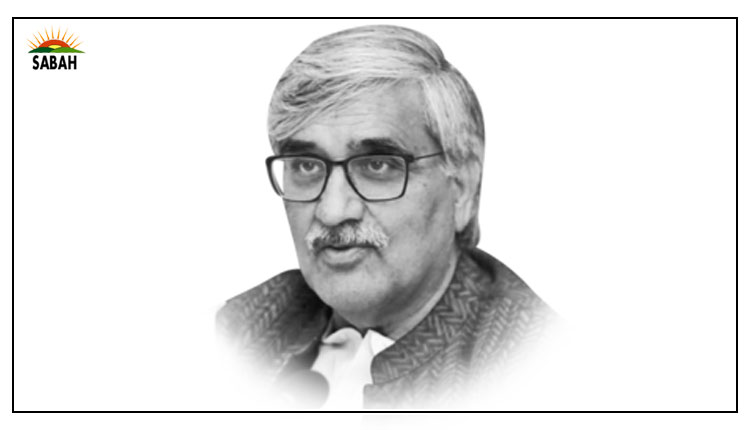Missing legislative transparency…Ahmed Bilal Mehboob
A COUPLE of years ago, an innovative parliamentary reporter stood outside the Punjab Assembly and asked on camera the members emerging from the building to describe, in a sentence or two, the law they had passed a few minutes ago.
The resulting video, played initially on one of the TV channels and later going viral on social media, proved disastrous for the image of the honourable legislators because none of them had any clue about the law, its title, objective, etc. They cut an extremely sorry figure. This was not an isolated incident; apart from a few legislators in each house of parliament, who work very hard to introduce, study and engage in informed debate on legislation, lawmakers are largely not interested in the exercise.
A key reason for this disinterest is the lack of incentives for legislators to work hard, as their constituents and voters are more interested in seeing their legislator addressing either their personal issues relating to local administration and government or pushing for local development projects.
Another major reason for this lack of awareness is the weak transparency concerning the bills and acts. Not producing the bills in Urdu and almost totally relying on the English language also contributes to lack of transparency. A survey conducted a few years ago indicated that over 70 per cent of legislators had shown a preference for Urdu.
During the past four parliamentary terms spanning almost 20 years, the National Assembly passed on average 29 laws per year. Almost 50pc of these laws were introduced only in English, while the remaining 50pc had both English and Urdu versions. In 2017, when Elections Act, 2017, was debated in parliament, the non-availability of its Urdu version contributed significantly to generating misunderstandings among the members.
Although Elections Act, 2017, is one of those laws which is consulted the most by politicians, political parties, civil society and media, it doesnt have an authoritative Urdu version even six years after its passage.
Each of the four provincial assemblies passed on average 30 laws per year, ranging from 38 (the highest among the four provinces) by the KP Assembly to only 12 (the lowest) by the Balochistan Assembly. Almost all these bills are circulated among the MPAs in English, although the need for an Urdu version of the bills is even greater in the case of provincial assemblies.
Those who dont belong to the legal profession access the websites of the National Assembly and provincial assemblies for information on the law. Relatively speaking, the National Assembly website is the most comprehensive and is updated regularly, at least in the context of bills and acts. It is accessed both for the text of bills being debated or under consideration and the final law.
This, sadly, is not the case with the provincial assemblies. Information about the bills introduced and passed during two assembly terms (10 years) of the Punjab and KP legislatures is totally absent from their websites.
The Sindh and Balochistan assemblies have information of the laws passed on their websites. However, none of the four assembly websites provides the text of the bills introduced in the legislatures. Only the text of the final acts passed are available for some years.
There are some celebrated cases where even acts were intentionally kept under wraps. For example, in March 2019, the Punjab Assembly passed a bill for increasing the salaries, allowances and benefits of its members and seven categories of other elected officials, including the chief minister, provincial ministers, the speaker, deputy speaker, advisers, special assistants and parliamentary secretaries by up to 500pc or six times in some categories.
When the hue and cry intensified and the media started projecting the unfair increase, then prime minister Imran Khan asked the governor to not approve the bill.
However, a couple of months later, provincial officials prevailed upon the prime minister, and the bill was approved after cosmetic amendments. The act was never made public but both the MPAs and other officials started receiving enhanced salaries and perks.
Parliamentary transparency in general and legislative transparency in particular have been shrinking since 2018. The worst affected has been the Punjab Assembly, which at one time was the most transparent legislature in the country.
It was the first to introduce the live webcast of assembly proceedings in 2002, providing legislative transparency in real time. Sadly, webcasting was suspended in 2021 and has never been revived since.
The National Assembly was once reluctant to make its members attendance public and considered this information private and privileged. It took quite a struggle, stretching over a few years, to get a verdict not only from the federal ombudsman but also from the president to display the members attendance record on its website.
The National Assembly still does not provide even basic data such as the number of its standing committees meetings, and declines requests made under the Right of Access to Information Act, 2017.
The legislatures, with the exception of the Senate, generally do not compile their annual reports for the information of the public. The only time the National Assembly compiled its annual report was in 2017.
Denying or making it difficult for citizens to access the various stages of legislative activity, starting with the introduction of a bill to its final approval by the president or governor, as well as the text of the law as it is modified at each stage, violates the basic principles of democracy and parliamentary norms. Any effort to camouflage the facts dilutes the publics trust in these institutions.
Courtesy Dawn



